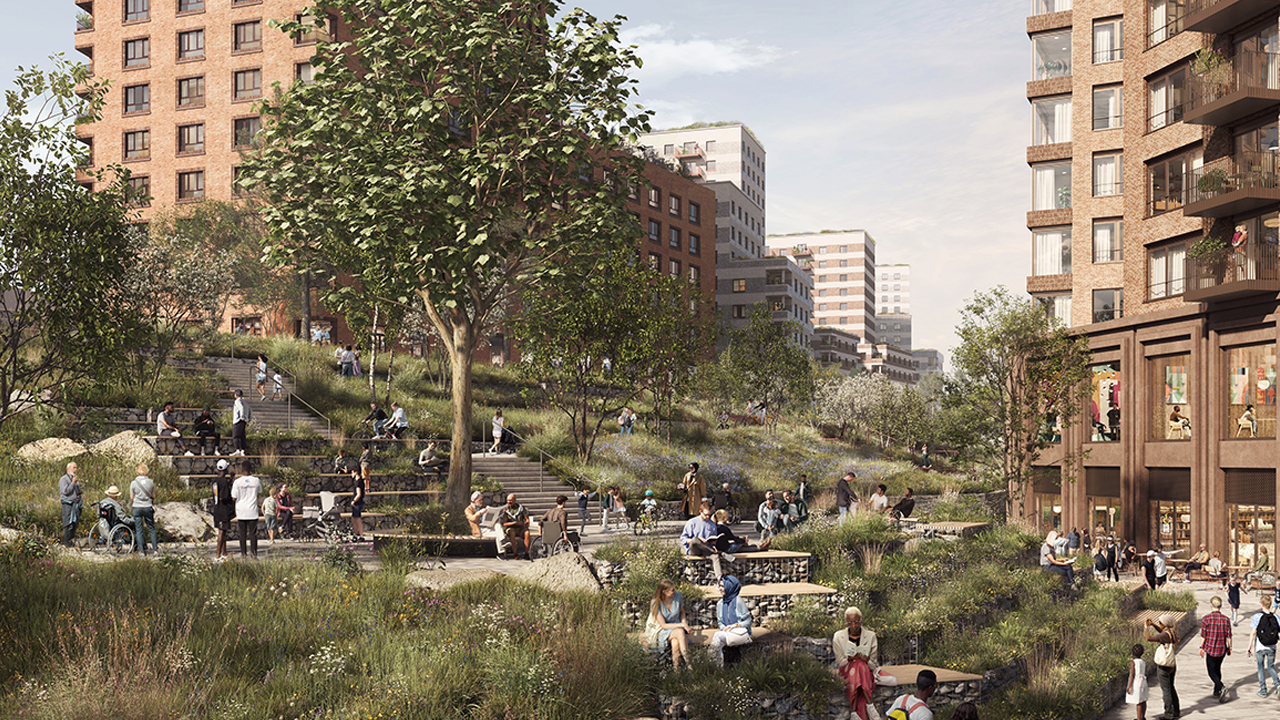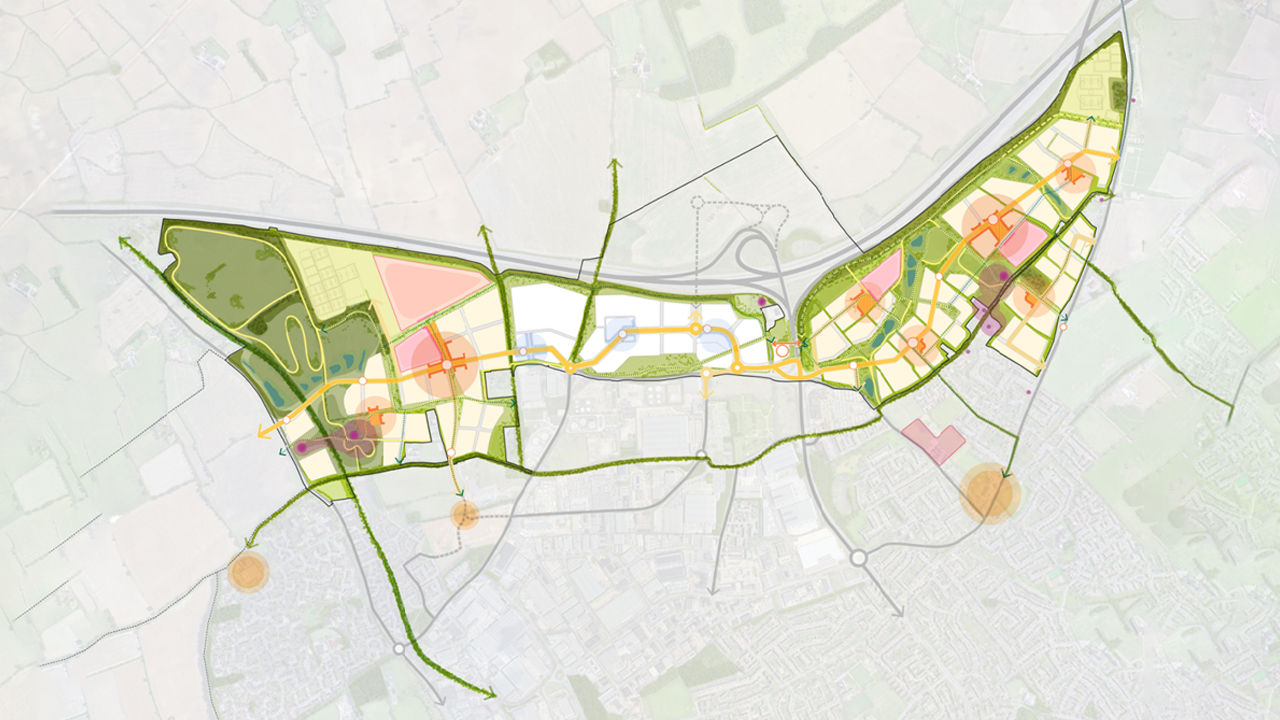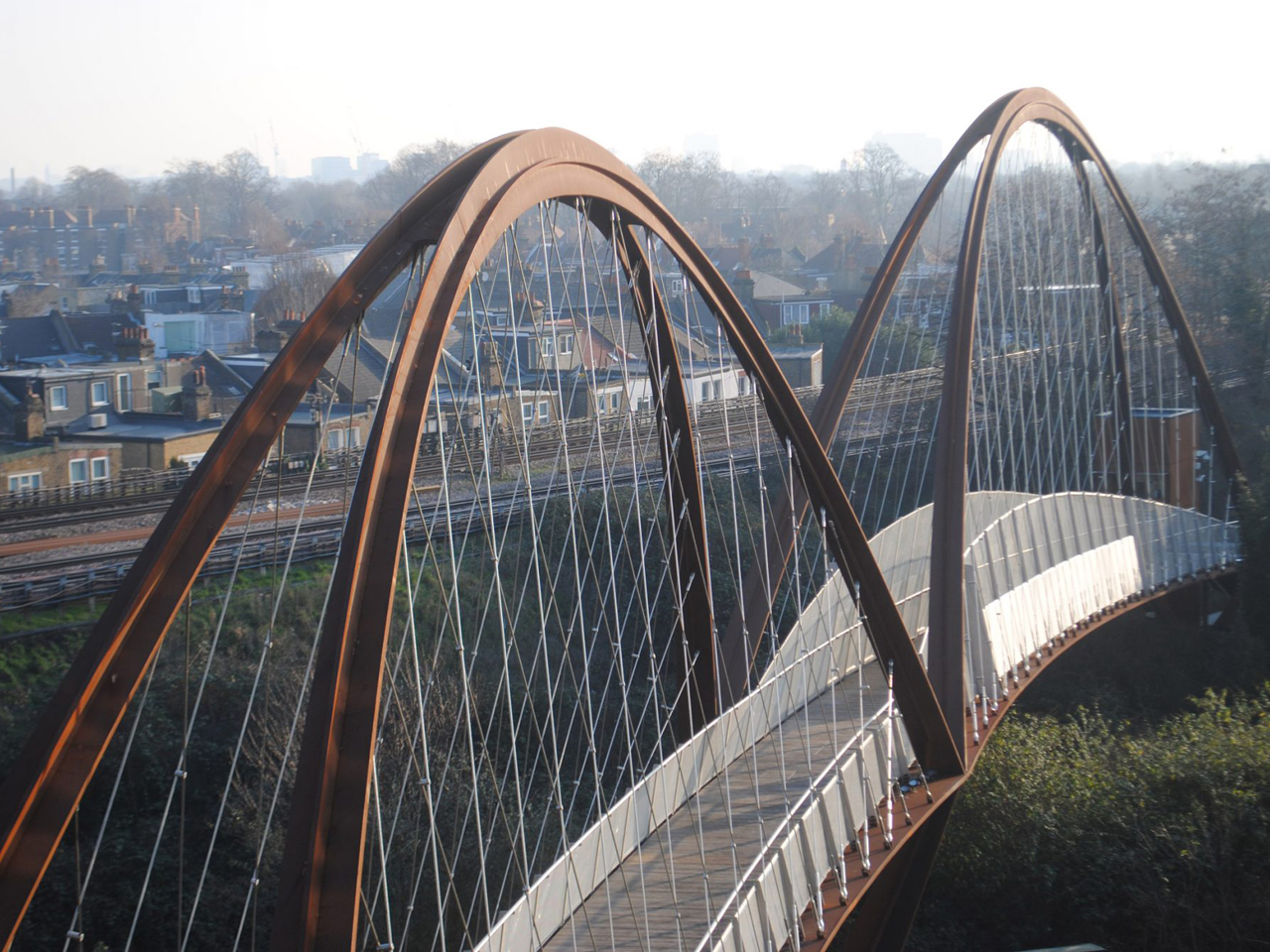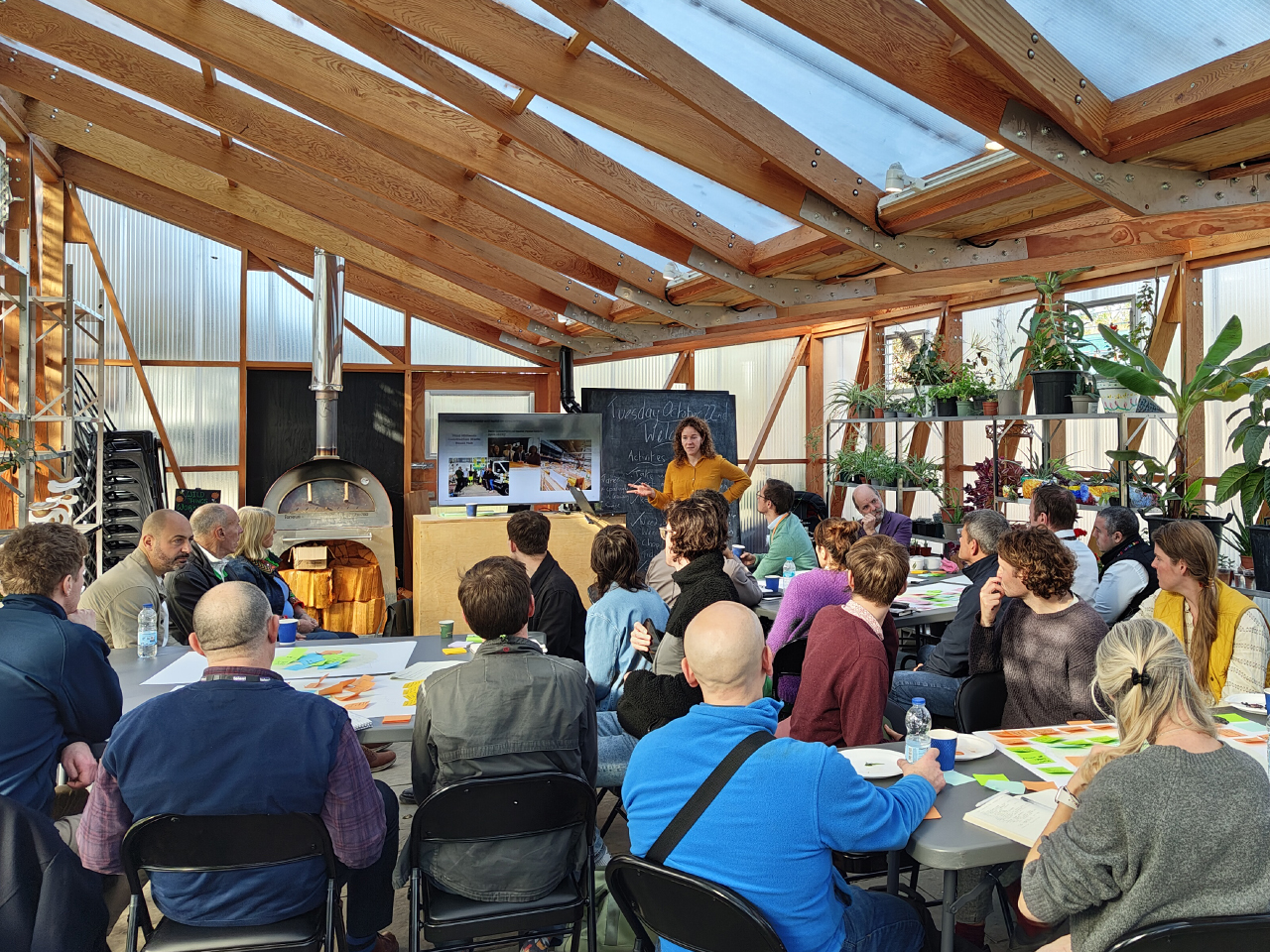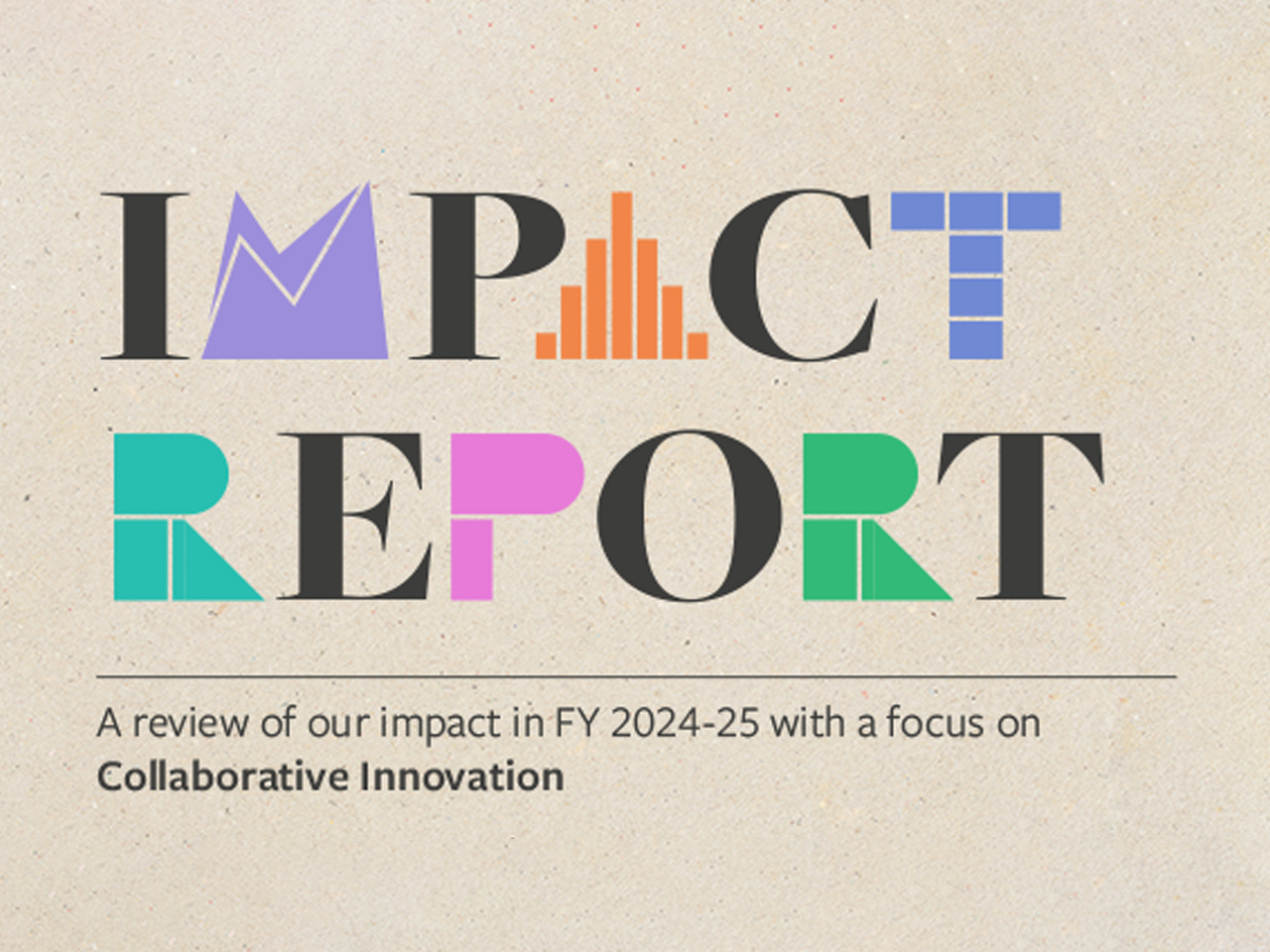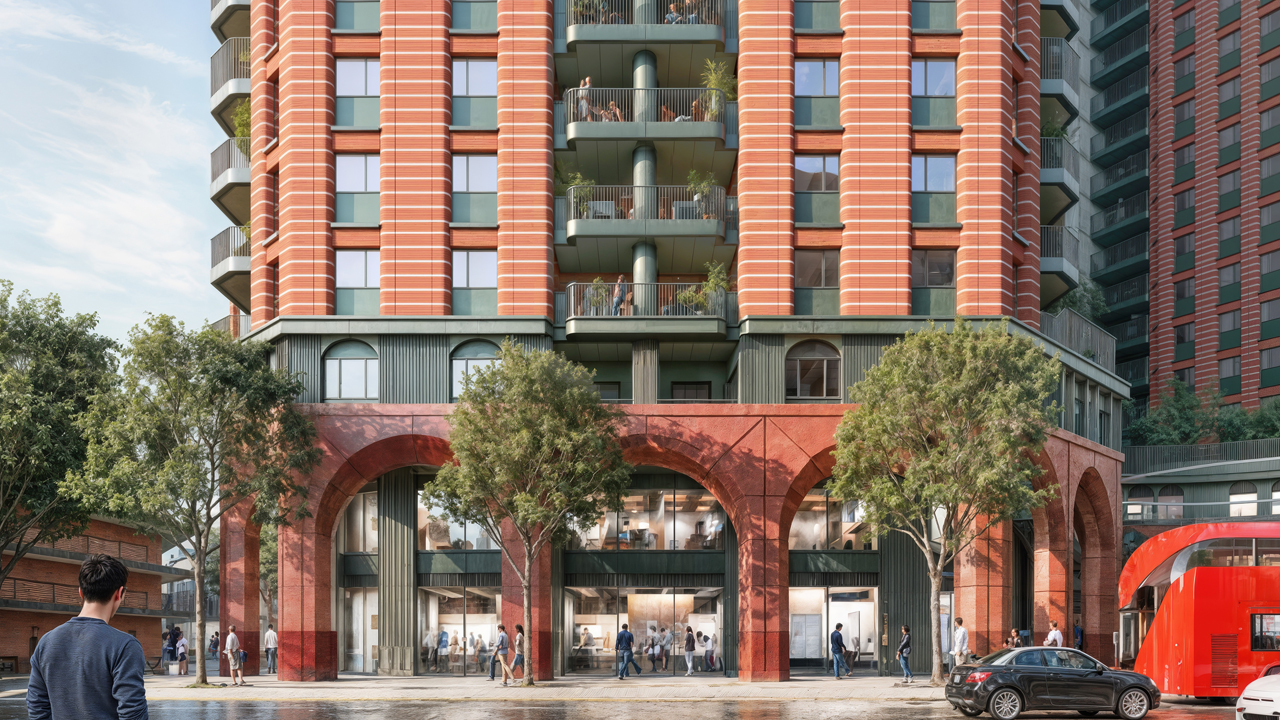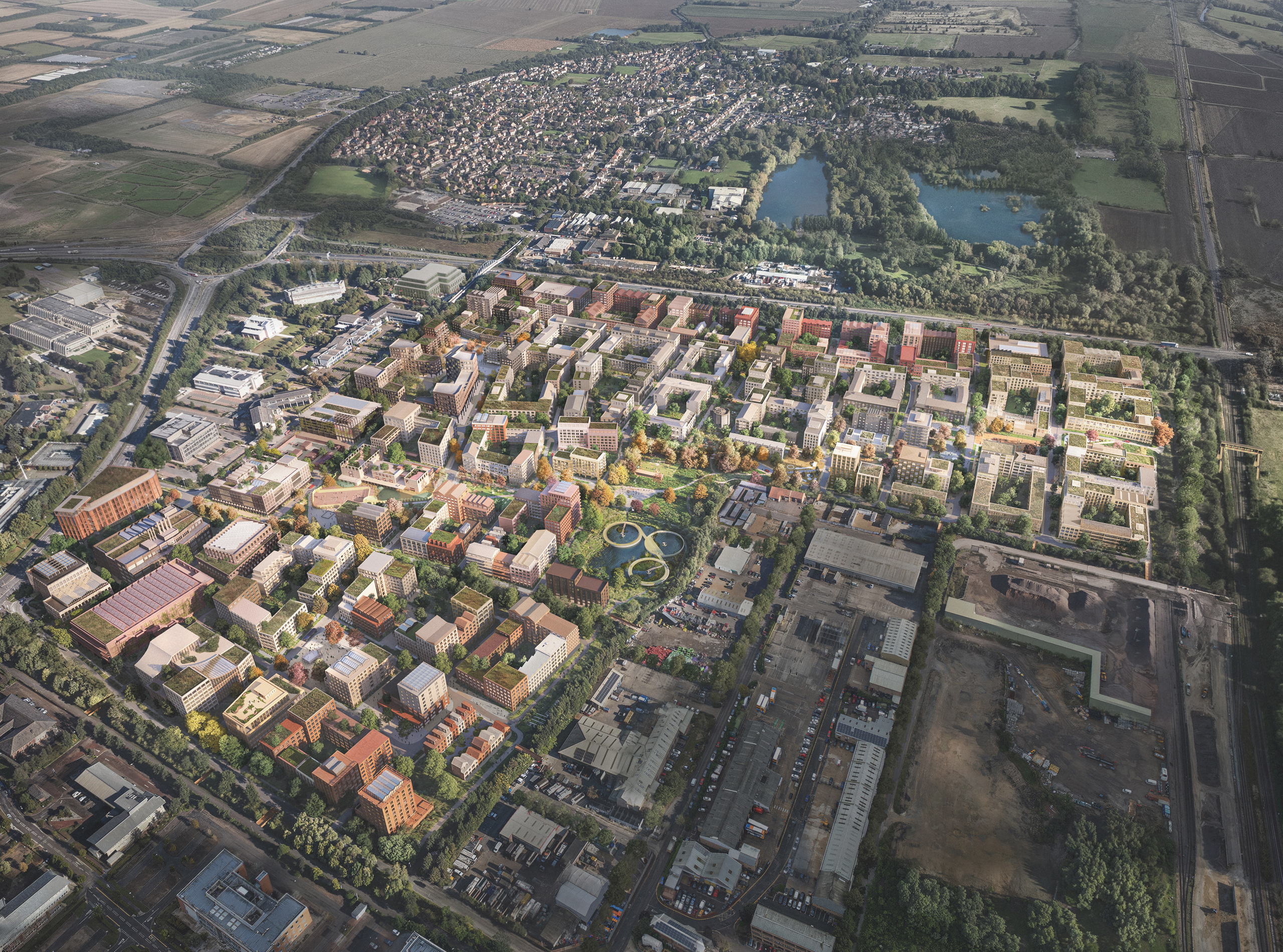Red Bank Regeneration
Manchester, UK
As a cross-collaboration between Useful Projects and Expedition, we developed the Sustainability Framework for the first phase of Manchester's Victoria North regeneration - the city's largest urban renewal project. Working alongside Maccreanor Lavington and Schulze+Grassov, we co-developed the Vision for the Red Bank neighbourhood which features wild urbanism, resilience, sustainability, green, and active lifestyles.
Positioned at the edge of Manchester City Centre, Red Bank will be home to 8,000 people across three characterful neighbourhoods, all connected by green walking and cycling routes. Set by the River Irk and opening onto St Catherine’s Wood, it marks the start of the 113-acre City River Park – Manchester’s largest new green space.
Our Sustainability Framework applies Doughnut Economics principles to balance social foundations with environmental regeneration, creating a development model that delivers community benefits while respecting planetary boundaries.
By developing a strategic masterplan with a routemap to zero carbon, we established technical pathways for both operational and embodied carbon reduction. Our social value strategy creates opportunities for existing businesses while delivering a meanwhile strategy to generate immediate community benefits; implementing circular economy principles through local food production networks and workspace provision for creative industries. The proposed climate loop provides a safe and inviting active travel route between the neighbourhoods, making Red Bank accessible without needing to cross a road, whilst also providing an array of themes that explore the site’s unique natural assets.
Red Bank’s elevated position presents unique topographical challenges requiring innovative technical solutions. The ‘Wild Urbanism’ Vision connects the transforming built environment with the River Irk Valley via landscape-led public realm. This ensures the proposal remains resilient to future climate impacts through regenerative design approaches.
Climate resilience forms a central component of our strategy, addressing flood risk while delivering measurable biodiversity gains.
Community-focused integration
Working closely with Manchester City Council and the Far East Consortium, our routemap to zero carbon addresses both operational and embodied carbon impacts through coordinated technical solutions. The relationship between Housing Infrastructure Fund (HIF) supported infrastructure and site levels proved critical to reducing upfront carbon impacts, demonstrating how strategic planning decisions influence long-term sustainability outcomes.
Health and wellbeing integration has been a driving factor for masterplan design decisions, with a new climate loop providing car-free routes to the neighbourhoods and dedicated running and cycling routes through the restored park. These infrastructure investments create active transportation networks that reduce carbon emissions while improving public health outcomes.
Furthermore, our technical framework establishes performance standards for urban forms, ensuring development phases meet sustainability targets while maintaining design quality. This approach balances ambitious environmental goals with development viability, creating a replicable model for future large-scale urban regeneration projects.
Image gallery
